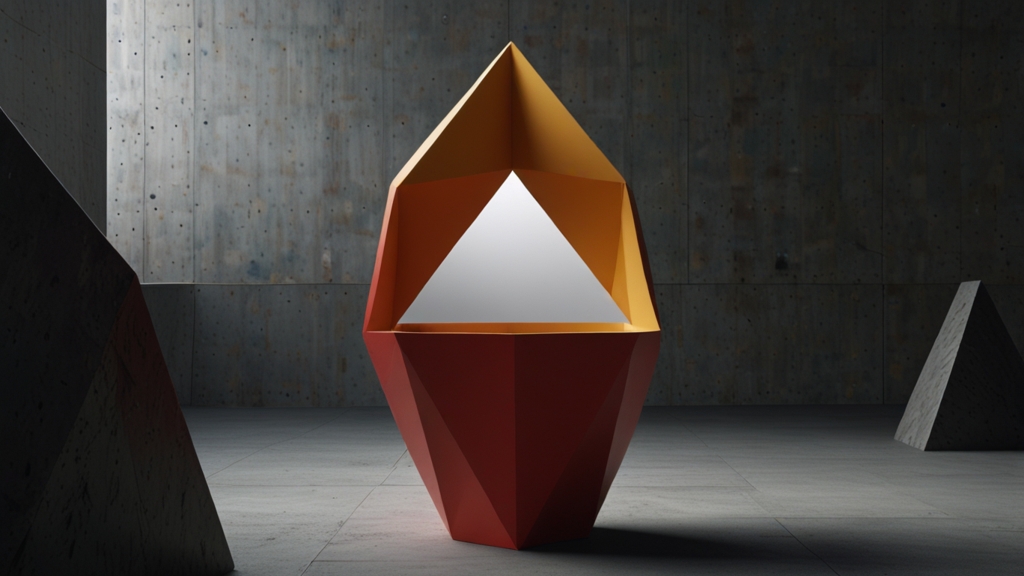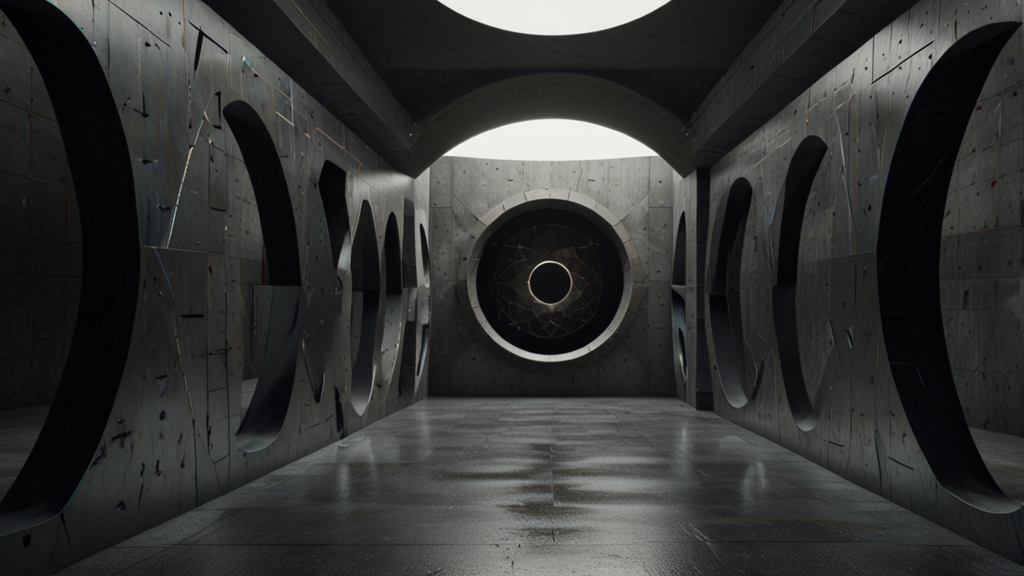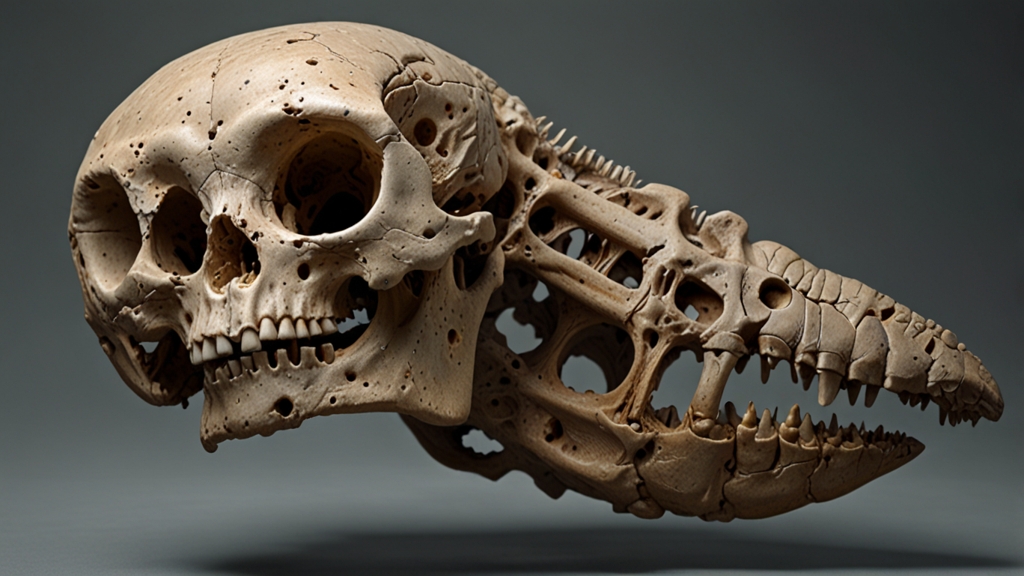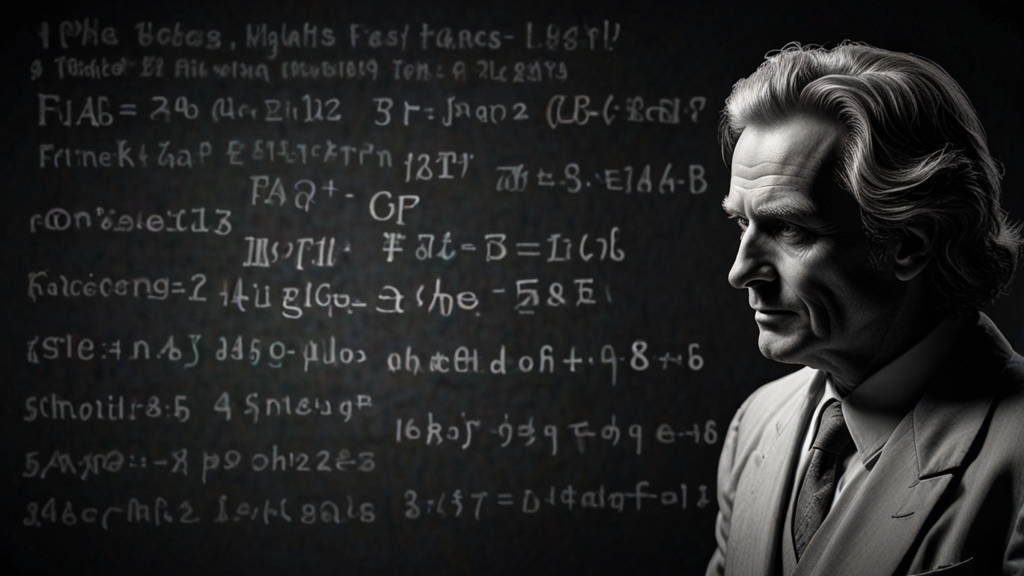The Art of Geometry: Stunning Designs That Astound
Geometry, the mathematical study of shapes, sizes, and the properties of space, has held a timeless appeal in the world of art. From ancient civilizations to contemporary design, geometry has played an essential role in creating visual harmony, balance, and sophistication. The fusion of mathematical precision and creative innovation manifests in stunning designs that never fail to captivate and astonish. This article delves into the remarkable intersection of geometry and art, exploring how geometric principles are utilized to construct awe-inspiring designs.
Historical Significance of Geometric Art
The use of geometry in art dates back millennia, with some of the earliest examples found in ancient Egyptian and Greek art. The pyramids of Egypt serve as a testament to the advanced understanding of geometric principles, with their precise measurements and symmetrical shapes that have endured for thousands of years. Similarly, the Greeks employed geometry in their architectural marvels, such as the Parthenon, which embodies the golden ratio to achieve perfect proportions.
"Geometry is the archetype of the beauty of the world." – Johannes Kepler
In Islamic art, geometric patterns hold a spiritual significance. The intricate designs found in mosques and palaces are not only aesthetically pleasing but also symbolize the infinite nature of creation. Islamic artists perfected the use of geometric tessellations, creating patterns that are often seen as visual representations of the divine. These designs, with their endless repetition and symmetry, evoke a sense of tranquility and order.
Contemporary Applications of Geometric Design
In the modern era, geometry continues to inspire artists and designers. Architecture, for instance, has witnessed a resurgence of geometric principles in recent years. The works of architects like Zaha Hadid and Frank Gehry are celebrated for their bold geometric forms and innovative use of space. These contemporary structures challenge conventional norms and push the boundaries of design, demonstrating that geometry remains a powerful tool in crafting extraordinary architecture.
In graphic design, geometric shapes are employed to create visually engaging compositions. Logos, branding, and web design often utilize geometric patterns to convey a sense of modernity and sophistication. The clean lines and symmetry offered by geometric shapes provide a clear and striking visual language that is both effective and memorable.
"Mathematics is the language with which God has written the universe." – Galileo Galilei
Furthermore, geometric art has found a prominent place in the realm of digital art. Artists leverage software to generate complex geometric patterns that would be nearly impossible to create by hand. These digital artworks captivate viewers with their precision and often incorporate dynamic elements that interact with the observer in real-time, showcasing the endless creative potential of geometry.
The Psychological Impact of Geometric Designs
Geometric designs wield a psychological influence that extends beyond their visual appeal. The human brain is naturally drawn to order and pattern, which geometric art provides in abundance. The symmetry and balance found in geometric designs offer a sense of stability and predictability, which can be inherently comforting. This psychological response is often leveraged in interior design, where geometric patterns are used to create environments that promote relaxation and focus.
Moreover, geometry's capacity to evoke emotions makes it a powerful tool in visual communication. Artists use geometric forms to convey abstract concepts and emotions, utilizing the inherent properties of shapes to influence perception. For instance, circular shapes are often associated with harmony and unity, while sharp angles can evoke feelings of tension or excitement.
Conclusion
The art of geometry is a fascinating blend of mathematical precision and creative expression. From ancient architectural wonders to cutting-edge contemporary design, geometry has consistently provided a foundation for producing stunning and astonishing works of art. Its timeless appeal lies in the universal language it speaks—a language of order, balance, and beauty that transcends cultural and temporal boundaries. As we continue to explore and innovate in the realm of geometric design, the possibilities for creating captivating and profound art remain boundless.










